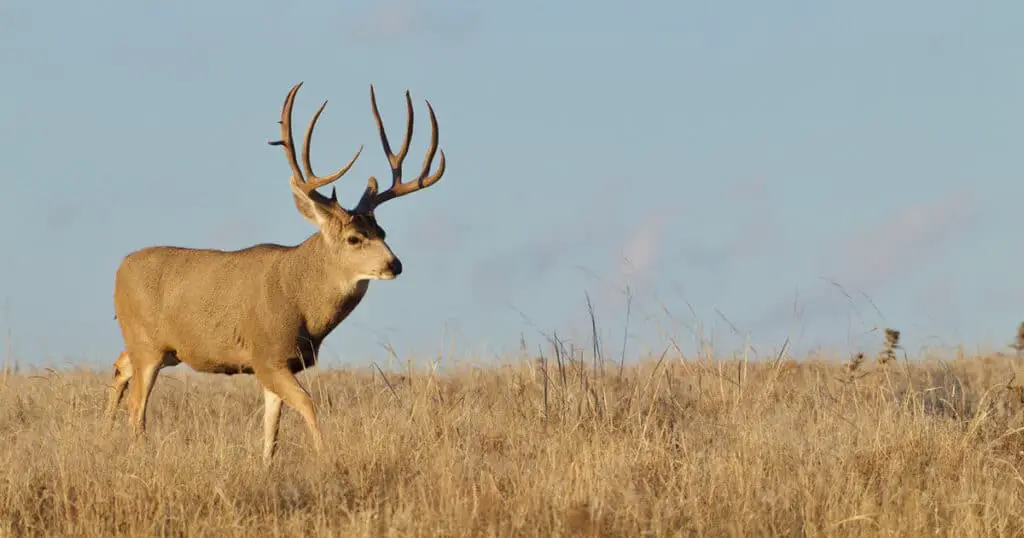Preparing for deer hunting season is just like getting ready for a boxing match. Before the bout, you watch your opponent’s past matches, so you can see and understand how they move. That’s how you put together a strategy to win the match. In other words, to be a more successful deer hunter, you must study and understand deer movement patterns, typical deer behavior, and activity. Keep reading to learn everything you need to know about deer movement patterns and behavioral habits.
This is your essential guide to deer movement patterns and behavioral habits. Everything you learn here will help you anticipate how deer move by understanding why they move from place to place.
The Importance of Understanding Deer Movement Patterns
Table of Contents
ToggleWhen hunting for deer, most seasoned hunters will tell you that it isn’t enough to just know how to use a hunting rifle or crossbow, or to have expert outdoor exploration skills. You’ve also got to understand deer movement patterns and behavioral habits.
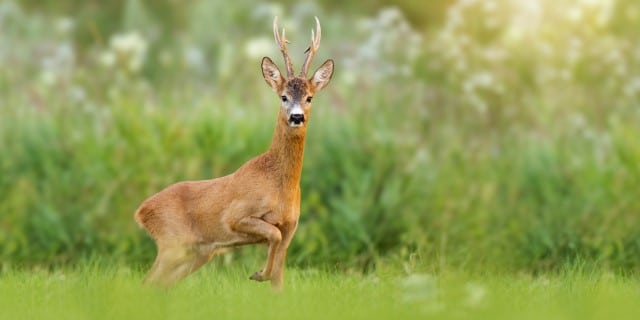
Understanding the way these animals move, and their movement habits, can make the difference between success and failure. This knowledge lets you find a good spot to set up hunting blinds.
You can track and trail deer better without being detected when you’re aware of how deer move and behave. You’ll be able to anticipate when deer activity is highest based on the season or times of the day.
Factors Affecting Deer Movement Patterns and Behavioral Habits
Many variables influence deer movement and behavior. That’s why it’s essential to take them into account before you go hunting for deer.
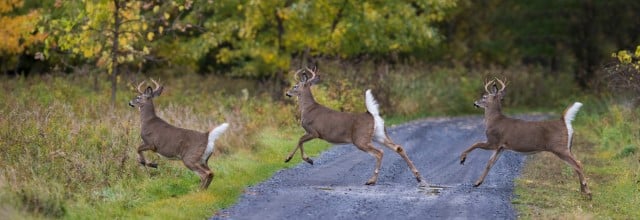
Studies on whitetail deer behavior indicate several factors can influence whitetail deer movement and behavior. These factors include the following:
Food and Water
Just like any animal that lives in the wilderness, food and water are essential for deer to sustain their nutritional and physiological requirements.
A whitetail deer’s diet typically includes leaves, forbs, and grass. They also like to eat nuts, acorns, berries, legumes, and even mushrooms.
Cover
Cover provides whitetail deer not just a safe spot to feed, rest, or sleep, but also protection from predators and the elements.
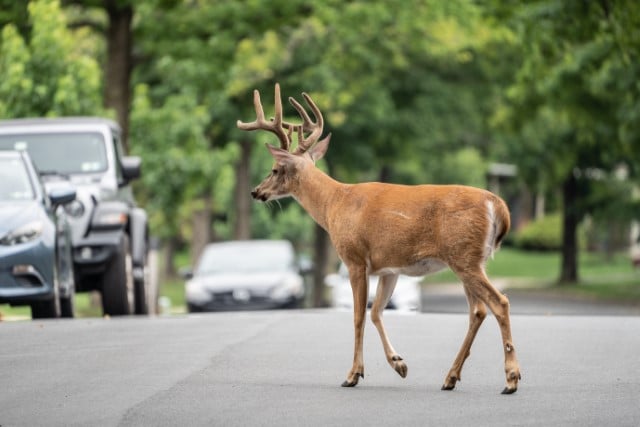
Whitetail deer prefer to bed in woody areas, grasslands, or wetlands. A bedding site that features tall and dense vegetation with an overhead canopy is the ideal cover for a whitetail deer.
Home Range
A deer’s home range and preferred habitat is the area where it spends major of its life. Home range size is typically about a square mile or smaller if the area is abundant with food and water sources.
Deer Movement Patterns and Behavioral Habits (What We Know)
The factors we just talked about can help you understand how and why deer move. But always remember that each deer has dietary, bedding, or home range preferences.
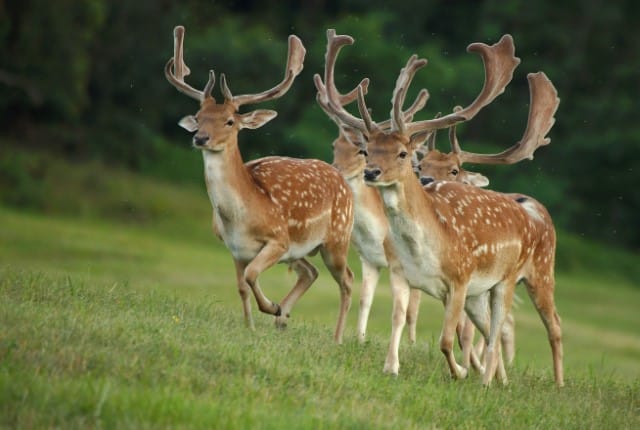
Here are some deer movement and behavioral patterns to keep in mind when building a game plan for your next excursion.
These indicators can be useful whether you’re hunting deer, specifically whitetail deer, for sport, to acquire their meat, or to make them a subject of your photography project.
The availability of food and water sources significantly affects deer movement
An area needs adequate food and water sources for a deer to live and travel within it.
If an area meets its nutritional and survival needs, deer will remain there and probably won’t travel much.
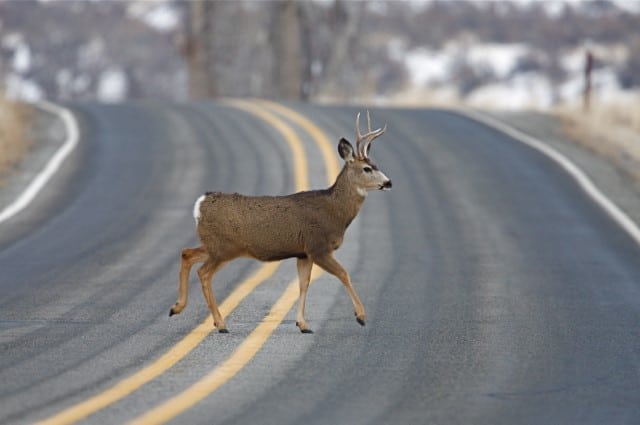
However, if the food and water supplies are scarce, deer will move and look for a place where there is ample food and water source.
Deer behavior changes in the different phases of the breeding season
Deer breeding season (otherwise known as the rut) typically starts in October and lasts until early December. It’s easy to find deer wandering about during the early part of the rut.
During this time, bucks or male deer will leave their bedding cover and perform rutting activities. These include digging shallow pits, marking territories with urine, and rubbing or scraping their antlers on branches and tree trunks.
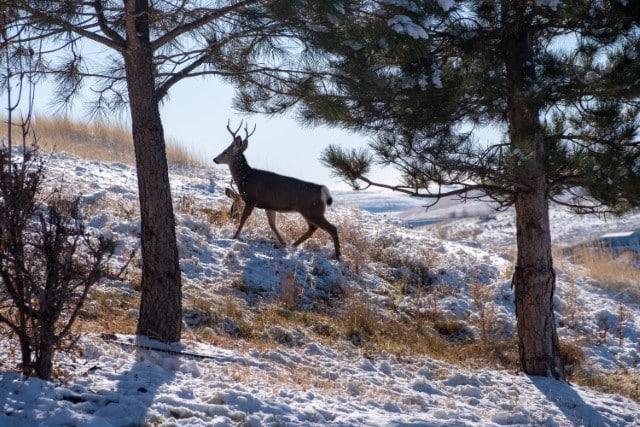
Bucks will also chase female deer (does) in the estrus cycle and spar with other bucks to establish dominance. Both bucks and does will also produce mating calls like grunts, snorts, and roars to communicate with each other.
It’s more difficult to find deer in open areas during the mating or tending phase of the rut, as mating pairs will be hidden in thick bedding covers.
In the days following the mating phase, deer movement declines as breeding activities die down.
Deer also tend to be more cautious of leaving their covers because of the increase in hunting pressure during the peak of the rut season.
In some cases, a second rut might happen at the end of the deer mating season. During this period, does that did not mate and breed during the first rut go into a second estrus phase.
The second rut typically lasts for about two weeks. However, deer activity may not be as high as during the first rut, as there are fewer does available to breed.
Deer activity varies by season
Let’s explore some characteristics of deer activity for each season.
Late Fall to Early Winter
Late fall to early winter marks the end of the rut season, and deer have the opportunity to rest and recover.
They will search for bedding sites that provide both good coverage from cold winds and snowfall. These sites must also have adequate food and water supplies during the winter months.
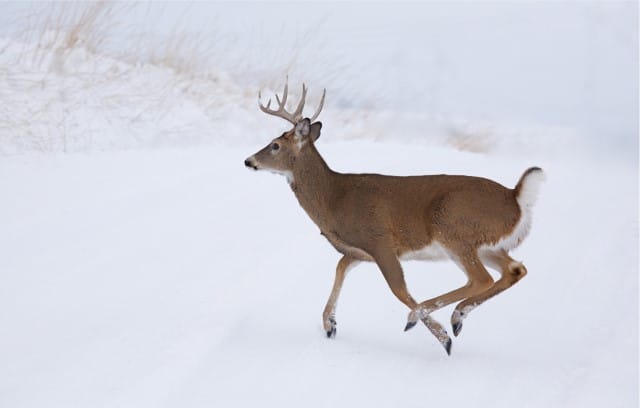
Deer activity declines in the winter because deer prefer to stay at bedding sites than go out into open spaces. After all, they’ve got to protect themselves from harsh weather conditions.
Staying in bedding sites will also require them to spend less energy. Deer will also consume less food, with a diet consisting of twigs, nuts, and other plants that are accessible at the moment.
Early Fall
As early fall sets in and the weather becomes cooler, deer behavior shifts to a more aggressive pattern as they prepare for the rut.
The change in seasons also affects the testosterone levels of bucks and causes them to break away from their bachelor groups.
The increase in testosterone largely contributes to antler maturation, which causes bucks to rub their antlers on trees to shed the velvet.
Winter
In winter, bucks that split up during the rut season tend to form bachelor groups again as they spend more time living and sleeping in a smaller area.
Spring
When springtime arrives, deer become more active as they begin re-acquainting themselves with their surroundings and browse for food.
Spring offers diverse and abundant sources of nourishment. Deer are more visible in this season, feeding as much as they can to regain the weight they lost in the winter.
In the spring, does will also start preparing to give birth to their offspring, so they will be seeking suitable fawning areas.
Summer
Deer continue to graze on lush vegetation during the summer. As the temperature is getting warmer, they may look for bedding areas close to a river or any water source.

Aside from bachelor groups, fawns may also be seen exploring and feeding on crops.
Deer are most active during dusk and dawn
Most species of deer, including whitetails, are crepuscular, not nocturnal. This means they look for food and travel during the twilight hours of the day.
This characteristic helps prevent predators from seeing them. Most predators hunt during the peak hours of the day or at night.
While deer activity is more prevalent during the hours before dawn or after dusk, we sometimes also see deer movement around midday and at nighttime, especially during the rut and when deer sense danger.
More Information on Deer Movement Patterns and Behavior
Here you’ll learn more useful information on deer movement and behavior.
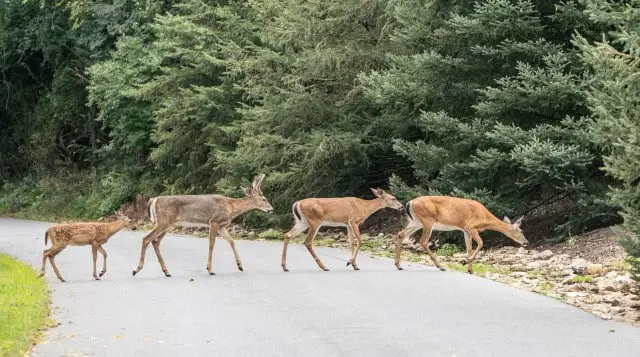
Strong Winds Have an Effect
Strong winds interfere with deer’s sense of sight, smell, and hearing. While deer may move in the wind, these factors causes them to move more slowly and cautiously.
Storms Call for Better Cover
Heavy rainfall or storms drive deer to seek better cover.
Low Temperature is a Factor
Low temperature stimulates deer movement, forcing deer to look for warmer bedding covers and stock up on food supply.
Deer Stay Still More in Hot Weather
High temperatures reduce deer movement, as the animals seek to preserve energy and avoid dehydration.
Deer Have Daily Routines
A deer’s daily routine consists of travel to the food source, the doe or buck bedding, and adult buck bedding.
Frequently Asked Questions About Deer Movement
There are certain questions deer hunters often ask about deer movement. Here are a few of them below.
Do deer change home range?
Deer tend to stay in their home range and preferred habitat as long as it has everything they need (including food, water, and cover). However, deer may explore areas outside their home range and relocate there if necessary.
What is a core area?
A core area is a place within the deer’s home range where they spend most of their time during daylight.
Core areas may change year by year, depending on the availability of food and water and whether there is any danger in the vicinity.
How do deer move in windy conditions?
Deer tend to move with the wind at their back, so they can catch the scent of predators.
However, deer may also travel against the wind, especially if they sense it will take them somewhere safer.
Final Thoughts: Deer Movement Patterns and Behavioral Habits
The knowledge we’ve revealed here can transform your hunting success. You have learned about:
- Why understanding deer movement patterns can help you
- Factors that affect deer movement and behavioral habits
- Deer movement patterns and behavioral habits
- How the seasons affect deer movement and behavior
- Other interesting factors about deer movement and behavior

